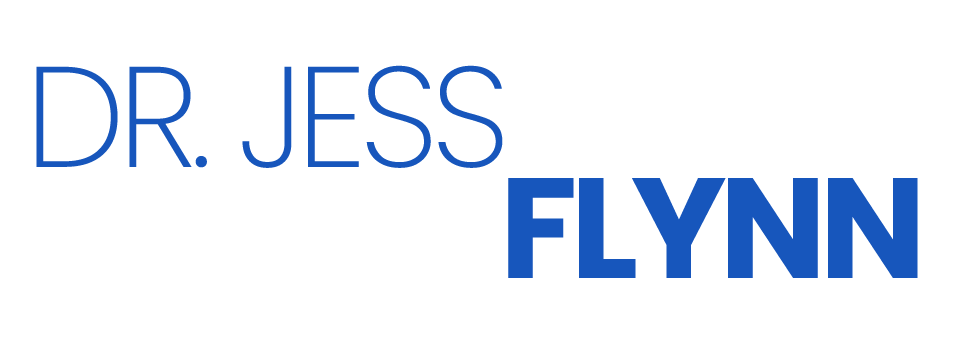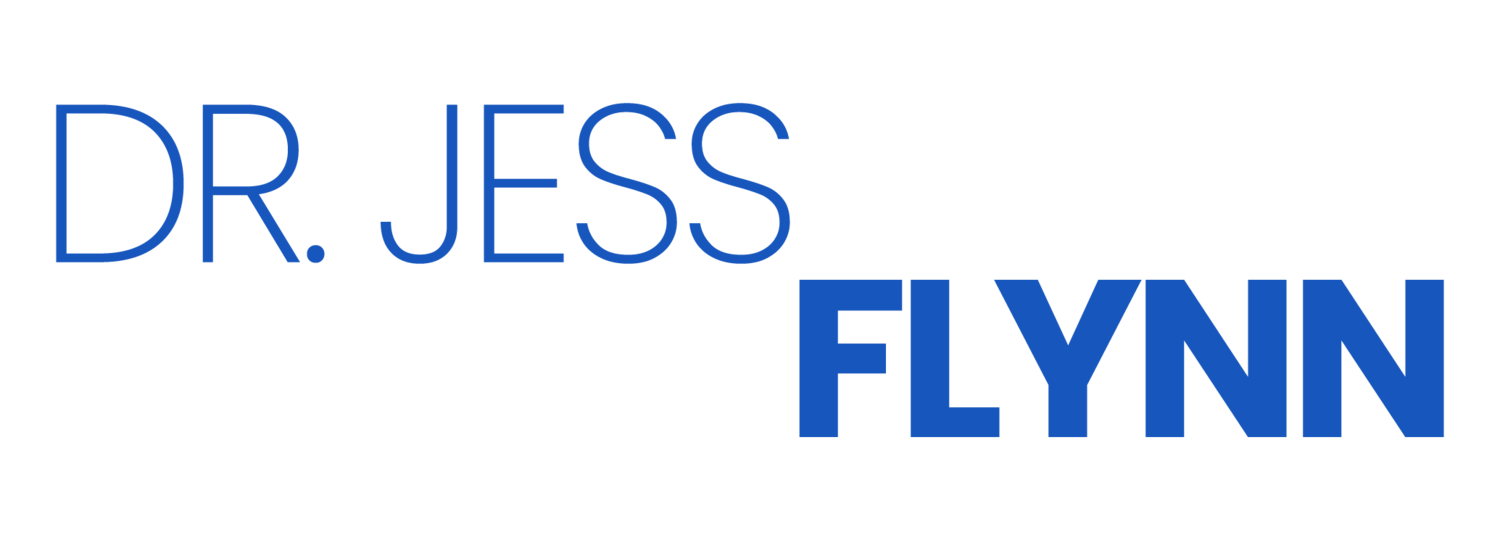2022 NFL Draft: Injury Considerations
In the calendar that never sleeps, April means it’s time to get ready for the 2022 NFL Draft. I’ll be touching on some of the major injury considerations that teams are discussing with their medical staffs right now. The commentary below is driven by NFL data (ie how often and when do NFL athletes at specific positions return to play, at what level, and for how long after “x” injury) and my knowledge as a sports medicine doctor treating athletes. When team docs advise teams, they also have the necessary exam, detailed history, and imaging to make a more decisive recommendation. Every team has a different tolerance for injury risk and different teams have different needs. At the end of the day, every draft decision is one of risk versus benefit. Injuries can sway the risk, but needs can sway the benefit. That’s part of what makes the draft process so exciting. I’ll be adding to this list, so feel free to hit me up on Twitter with any injuries you want to read more about.
David Ojabo (LB/EDGE, Michigan) - Achilles tendon rupture at Michigan Pro Day in March. Not every achilles tear recovers like Cam Akers with outstanding performance at 5-6 mos. New internal bracing techniques used by surgeons to repair the Achilles allow athletes to start weight bearing and exercise sooner. I always hope for the best, but teams have to expect Ojabo’s rookie season to be impacted by this injury. Long-term, this is not career-ending. Most linebackers RTP but performance can be affected, at least in the short-term. Ojabo is such a talent with minimal injury history that even a slight drop-off in play is still a major gain for any team that takes him. But expectations for this coming season have to be tempered. I suspect he drops out of the top 10, but not very far.
Damone Clark (LB, LSU) - Spine fusion surgery for a herniated disc discovered at the Scouting Combine. Likely to miss rookie season. If this is a cervical (neck) spinal fusion, which I suspect it could be, mobility on the field should not be affected. MRI imaging is important in this case. If this truly is an isolated herniated disc and there are no other major injuries to other discs or the spinal cord, the outlook long-term is good. Prior to the injury, Clark was projected as a second round pick. Discovery of his injury is for the best for him, but the fact that he’ll miss his rookie season will cause him to fall on most draft boards. How far will depend on the specifics of his injury and the needs of the teams holding the picks.
Andrew Booth, Jr (CB, Clemson) - Sports hernia surgery with Dr. William Meyers, didn’t participate in his pro day. This isn’t a major red flag injury. A standard sports hernia recovery should get him back in time for OTAs. I don’t expect this to drop him out of the first round.
Derek Stingley Jr (CB, LSU) - Left foot Lisfranc injury, surgery in October. Did not participate in the Combine but just announced that he is cleared for all drills at LSU’s pro day this week. Most NFL athletes return to play after Lisfranc injuries at an average of 11 months. Performance can be affected in the seasons following the injury. I would advise at team that it is a more concerning injury in a skilled player than, say, a shoulder separation or MCL sprain and comes with some risk and uncertainty. Being able to participate in the Pro Day is a big deal for Stingley. While his injury may cause him to fall on many draft boards, a great performance on April 6th could bump him back up.
Jameson Williams (WR, Alabama) Left ACL tear in the National Championship game in January. Dr. Lyle Cain performed both Williams’ and teammate John Metchie’s surgery. Described both as “routine” ACL surgeries and said both are recovering well ahead of schedule, anticipating a 5-6 month recovery time which would have them both ready for training camp. Look, that estimate is quick for the NFL. Even with advances in surgical techniques like the addition of growth factors and stem(ish) cells, ACL grafts need to fully heal into bone. As rookies, these wide receivers’ bodies need to recover back to where they were and then some to make the leap to the NFL. More than physical, the mental recovery required for a receiver to trust his new knee as he quickly decelerates and changes direction on a Sunday night is maybe the greatest obstacle to overcome. NFL teams are looking for middle to long-term investments. I don’t see these guys falling much, but any team that drafts them is likely not going to push them to be ready at the 5-6 month mark.
John Metchie III (WR, Alabama) Left ACL tear in the SEC Championship game in December. Dr. Lyle Cain performed both Williams’ and teammate John Metchie’s surgery. Described both as “routine” ACL surgeries and said both are recovering well ahead of schedule, anticipating a 5-6 month recovery time which would have them both ready for training camp. Look, that estimate is quick for the NFL. Even with advances in surgical techniques like the addition of growth factors and stem(ish) cells, ACL grafts need to fully heal into bone. As rookies, these wide receivers’ bodies need to recover back to where they were and then some to make the leap to the NFL. More than physical, the mental recovery required for a receiver to trust his new knee as he quickly decelerates and changes direction on a Sunday night is maybe the greatest obstacle to overcome. NFL teams are looking for middle to long-term investments. I don’t see these guys falling much, but any team that drafts them is likely not going to push them to be ready at the 5-6 month mark.

